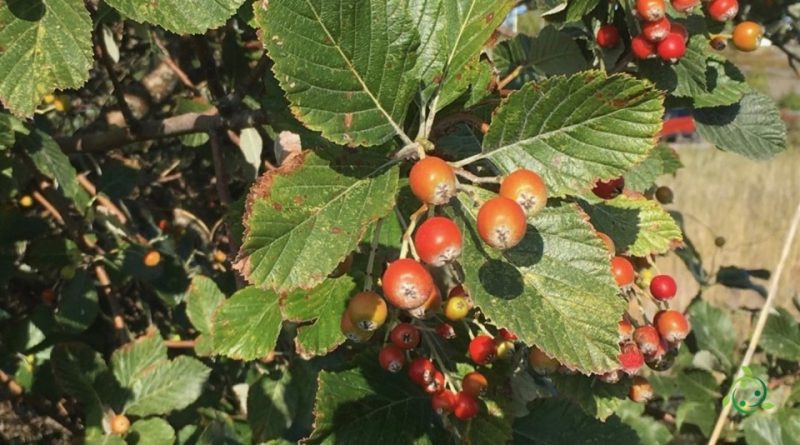Reproduction of Whitebeam
Reproduction of Whitebeam
Whitebeam or meal (Sorbus aria Crantz), also classified as (Aria edulis (Willd.) M.Roem., 1847) is a plant of the Rosaceae family, native to an area that includes southwestern Europe and North Africa .
Suitable breeding habitat –
Whitebeam is a plant widespread from central-southern Europe to North Africa where it thrives on both calcareous and siliceous soils, even if it prefers calcareous ones, from 500 to 1700 meters above sea level. It is a typical species of clearings and forest edges, as it needs the sun. It is found in oak, beech, birch and holm oak forests that receive more than 500 mm of rainfall. It adapts very well in areas with cold winters.
It is found in the north in woods and rocky areas, while in the southern regions it is found in the mountains. It prefers dry soils, and also grows well in stony places. It needs plenty of light and resists the cold very well.
In northern Italy it is found up to 1700 m of altitude.
In the Iberian Peninsula it is found in the Cantabrian Mountains, Iberian System, Central System, Sierra Nevada, Pyrenees and Catalan Coastal Ranges. It also appears in the Balearic Islands in the Sierra de Tramuntana.
Propagation –
Whitebeam is a very cold hardy tree, tolerating temperatures down to about -25°C when in a dormant state.
It grows in most reasonably good soils in an open, sunny position and tolerates sandy soils and thin calcareous soils.
Adult plants develop a deep root system and are drought tolerant plus it is very tolerant of air pollution and exposed seaside locations.
It is a slow growing tree, it starts bearing fruit around 10 – 20 years old and can live for 100 – 200 years.
The plant lends itself well to being raised in coppice.
Propagation can take place by seed which must be sown as soon as it is mature in the seedbed.
Stored seeds germinate best when subjected to 2 weeks of heat and then 14-16 weeks of cold stratification, after which sow as early in the year as possible. The young seedlings are then placed in individual pots and left to grow in the nursery for the first two years and, in any case, sheltered from the cold for the first winter.
The transplant should be done in spring.
Ecology –
Whitebeam is a plant whose fruits are important for feeding birds.
It is also a good pioneer species, especially on calcareous soils and in windy situations; in fact it is one of the first colonizers of the chalky spot.
Once the fruits were also consumed for human consumption. Today it is no longer but it is still used for certain typical regional recipes, for jams and jellies.
In times of famine, given their floury pulp, they were ground and mixed with flour to make bread. They can be used to flavor grappa, with excellent results. At one time perhaps a brandy was also made from it.

